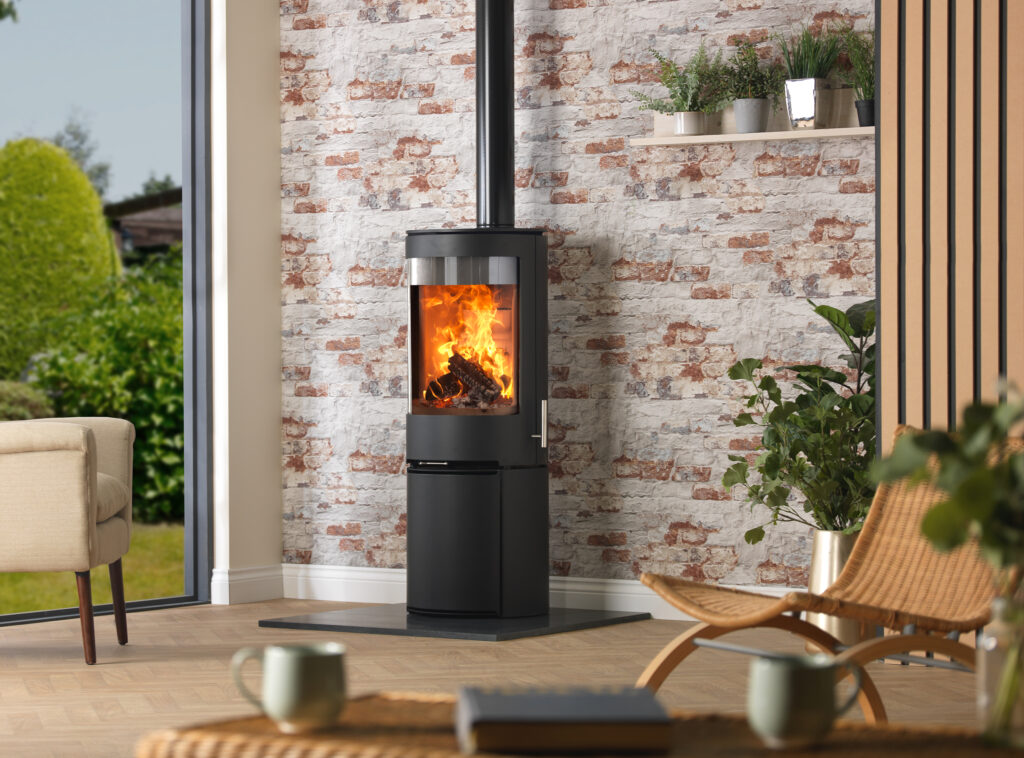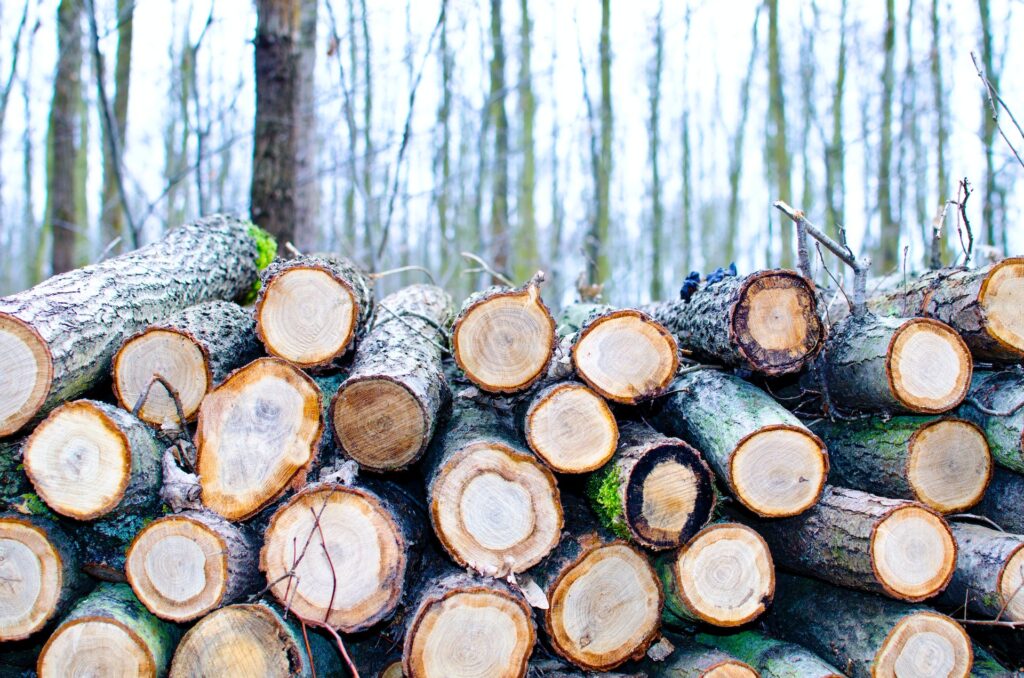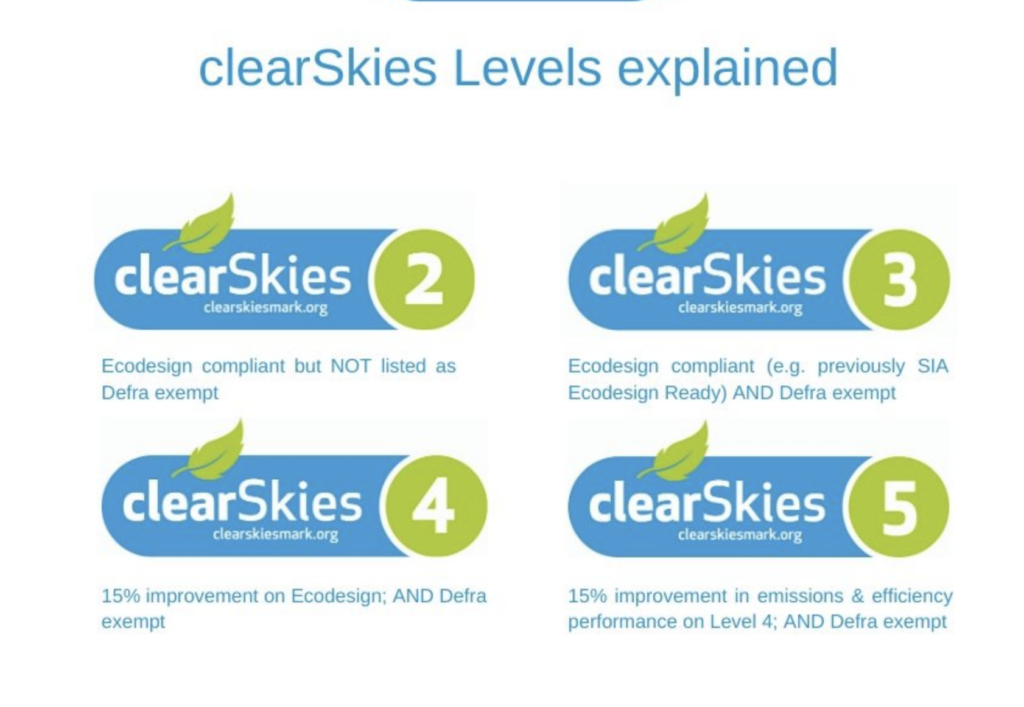A modern Ecodesign stove is both environmentally friendly and a clean, sustainable way to keep warm. There is so much going for the humble wood-burning stove, which has gone from strength to strength in terms of popularity and efficiency in recent years.

Unfortunately, misinformation around wood-burning stoves has muddied the waters somewhat, making it harder for consumers to differentiate between fact vs fiction around our wood-burning allies.
We say long live to the wood-burning stove! Here are some reasons why this statement is more important than ever…
Wood-burning stoves have the lowest carbon-emission heating available in homes.
They have a carbon intensity of 1/19th of direct electric heating and around 1/15th of a heat pump (at current grid carbon intensity). Carbon intensity refers to how many grams of carbon dioxide (CO2) are released to produce a kilowatt hour (kWh) of, for example, electricity. As wood is a renewable energy source, it has an incredibly low carbon intensity.
According to the Review of the Scottish Wood Fuel Industry, Sept 2021, conducted on behalf of Scottish Forestry, burning logs generates 4g of CO2 per kW hour, compared to 48g/kWh for wind energy and 123g/kWh for ground source heat pumps. A modern wood-burning stove emits 94% less CO2 than direct electric heating, e.g. an electric fire, and just 22% of the total kgCO2e (Tonnes of CO2 equivalent) of a heat pump with a coefficient of performance (COP) of 3.5.

Wood-burning stoves assist those facing fuel poverty.
If you can only afford to heat one room, a wood-burning stove is ideal. They can provide top-up heat in a room almost immediately. Perfect when you don’t (or can’t afford) to heat the other rooms in a house. In Scotland, for example, it’s reported that 31% of residents live in fuel poverty and around 20% live in extreme poverty, which has increased by 38% since 2019. Wood fuel is a bought and paid-for heating source. No direct debits, no contracts or the worry of power cuts.
Supporting 9 Million UK Homes:
Low-carbon space heaters, including wood-burning stoves, are incredibly important. They are important because around 39% of UK households, almost 9 million homes, have some form of secondary heating, which has an approximately even split between electric, gas, and solid fuel. According to a recent Defra report, it’s estimated that almost two million homes in the UK use wood fuel for heating.
The solid fuel local heating sector supports 25,000 jobs and contributes £700 million to the UK economy.
UK Stove Industry – Ahead of the Game
The UK stove industry is already well ahead of the game in terms of emsissons, and has been for a number of years. The SIA Ecodesign Ready certification scheme (identifying stoves that met the criteria of Ecodesign) was launched in 2017, a full five years before the Ecodesign Regulation became law in 2022. This has since been superseded by the fully independent appliance certification scheme, clearSkies. All clearSkies certified stoves meet the requirements of Ecodesign, with certification Levels 4 and 5 verifying that the certified appliance’s emissions are lower and the efficiency is higher than those required by Ecodesign requirements.









